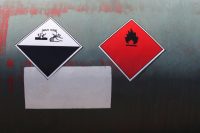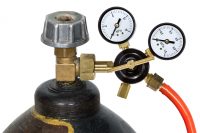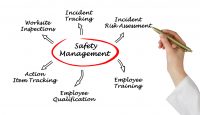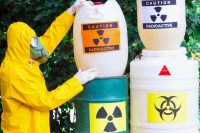Q&A: Fall Protection for a Ladder Enclosed in a Cage
Recently, we received the following question from a subscriber: I need to install a 30-foot fixed ladder as a secondary egress point for an underground pump station. There are two intermediary levels where a step-off will be required. What type of fall protection would be required if I enclose the ladder in a cage?










